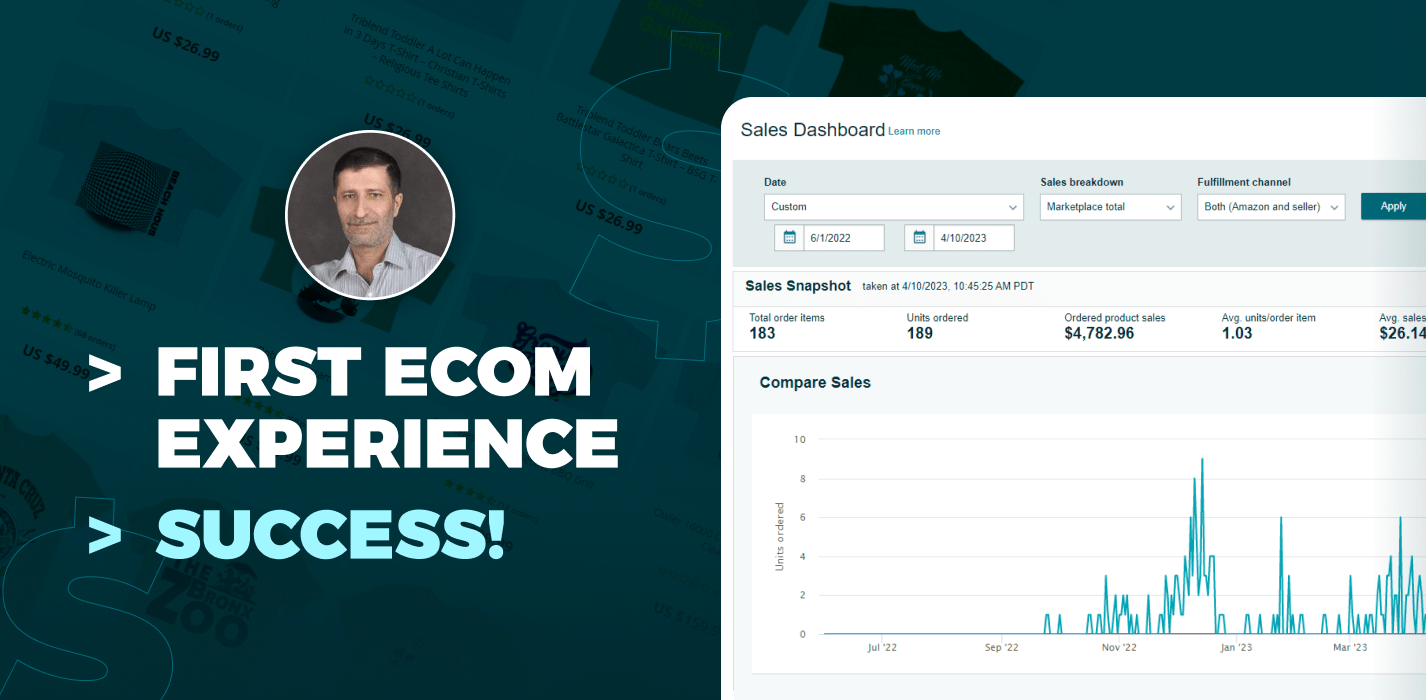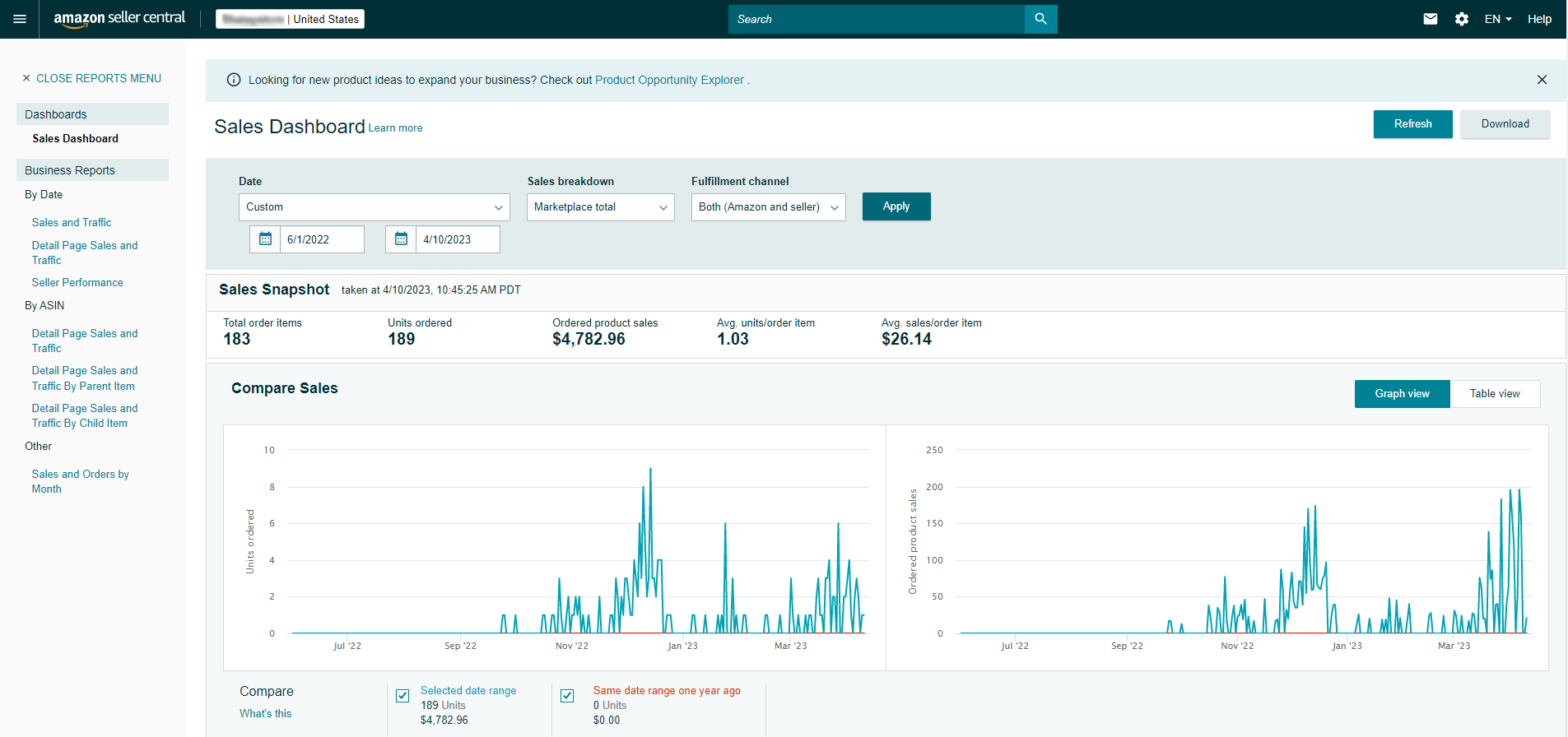Let’s face it: ecommerce management is one of the major things that stop newcomers from launching their stores. What, indeed, should they do, exactly, to keep the business afloat? And how can they sort out of the pre-launch steps, from choosing a supplier to registering with a payment gateway?
Mahmoud, our today’s guest, had plenty of these (and other) concerns when he was starting out. Half a year later, however, he is an aspiring owner of a slowly yet steadily growing online store. What’s more, he’s already expanding its operation and experimenting with ANOTHER store he plans to hand over to his son!
What’s the secret? Was it some relevant industry experience – or just a smart shortcut that led to success? Let’s find out!
Hi, please introduce yourself!
Hello, I am Mahmoud Abdel Hadi, 52, a Jordanian Canadian. This year, I’m working in Saudi Arabia (I’m a pharmacist by profession), but I hope to retire next year if this online business works out. I am a father of three (two sons and a daughter) and I enjoy swimming and horse riding as hobbies.

What’s your ecommerce background and how did you use it for this startup?
I didn’t have any experience with ecommerce.
In fact, I was planning to launch a new business after I retire, which was before the Covid pandemic. My idea was to start a small clothes factory, but due to this crisis, I delayed this project and started ecommerce instead.
At the beginning, this first-time ecommerce experience was really bad. I started with a freelancer, then hired another one, and it was a disaster. I was scammed by both of them a lot.
While searching for a better ecommerce management solution, I found AliDropship which seemed very professional. They offered to complete my site in less than a month even though it took the previous two companies at least 18 months (and they could not even finish it!).
What happened to your ecommerce management strategy next?
At first, I started with AliExpress as my dropshipping supplier. But, most of the suppliers on AliExpress take very long to deliver. They also charge shipping for each ordered product even if they are sourced from the same company. It’s not a very good thing for a new business.
Luckily, at some point I had a call from Anastasia, my business advisor, to help me with a business issue.
This is when she told me about Sellvia’s fast shipping and a wide range of products. I trusted this company more than anything else and I was sure they would help me succeed. And it was settled: I deleted AliExpress products from my store and continued with Sellvia only.
I chose Premium Products by Sellvia: these work well if you sell them on Amazon. Most of my Amazon sales are orders for these Premium Products. It’s because they are different from what everyone sells!
So, what are you selling, exactly?
I have a very wide range of products (more than 2k products plus variations), and I just started a new account for my son.
Mainly, I sell custom tops and hoodies, as well as some common products from Sellvia. I sell them through the online store AliDropship made for me, and through Amazon.
How is selling these unique products on Amazon working out for you?
As a start, it’s perfect. I’ve been an online business owner since November, and my sales have been increasing ever since.
With Amazon, I did not even run any promotions. You don’t have to, because Amazon doesn’t need ad campaigns. And with my standalone store, my personal manager was doing everything. I was just watching him working. Now, I don’t have much time to promote it, so it’s all working on autopilot. I have more than 5k social media followers, and with Social Rabbit, it’s promoting my store there slowly by itself.
No experience. No ecommerce knowledge. No advertising expenses. And still, the business is gaining steam! Proper ecommerce management and unique product offering with fast shipping can work miracles, indeed 🙂 This is a strategy everyone can repeat – and stats show, people all over the world are doing so every day. Will you be the next to try it?






